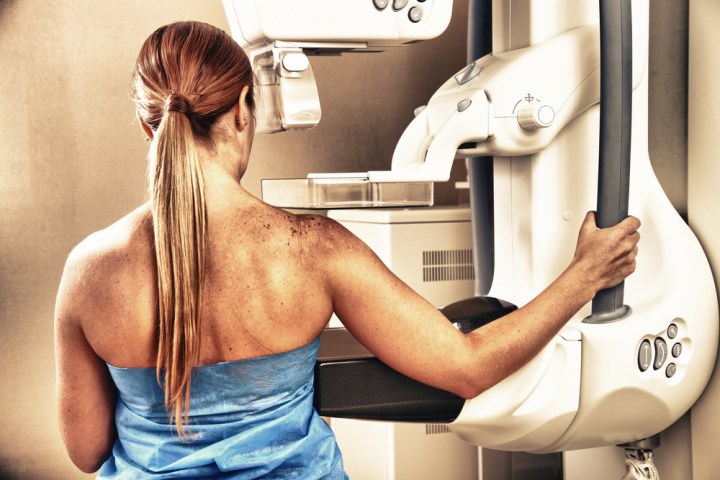
“Despite advancements in X-ray imaging, ultrasound imaging, and MRI, these clinical imaging [methods] have shortcomings,” Srirang Manohar, project coordinator and professor at the University of Twente, told Digital Trends.
Although artificial intelligence has significantly improved successful breast cancer diagnoses, current breast cancer evaluations may take many weeks and multiple steps that can be stressful for a patient, who may begin by visiting their GP before being referred to a specialist for a number of procedures.
“In general … discrimination between malignancy and healthy tissue or a benign abnormality is challenging,” Manohar said. “This results in use of multiple and/or repeat imaging, and often unnecessary biopsy.”
With the PAMMOTH, a patient simply rests her breasts in a hemispherical bowl, which uses lasers and ultrasound — combining photonics and acoustics in a technique called photoacoustics — to scan the suspected tissue.
“Light scatters within the breast and is selectively absorbed by blood in the strongly vascularized tumor site,” Manohar explained. The energy absorbed by the tumor is converted into thermal energy, creating a pressure wave that can be detected with ultrasound sensors. “From the detected signals the locations where the initial acoustic pressure was created can be reconstructed” he added. This data can be used to develop a 3D map of of the blood vessels within the tumor.
The photoacoustics technique will provide data on the blood vessels within the tumor and “also enable the calculation of oxygen saturation with the use of multiple wavelengths and clever image reconstruction algorithms,” Manohar said. “This is expected to give information which is specific for cancer. ”
The PAMMOTH still has at least another two and a half years of development, but it offers a promising alternative to current diagnostics in an industry that’s expected to reach $8 billion by 2022.
“The imager will be noninvasive, will not require contrast agents nor use ionizing radiation,” he said. “Furthermore, the patient will feel no pain or discomfort.”



